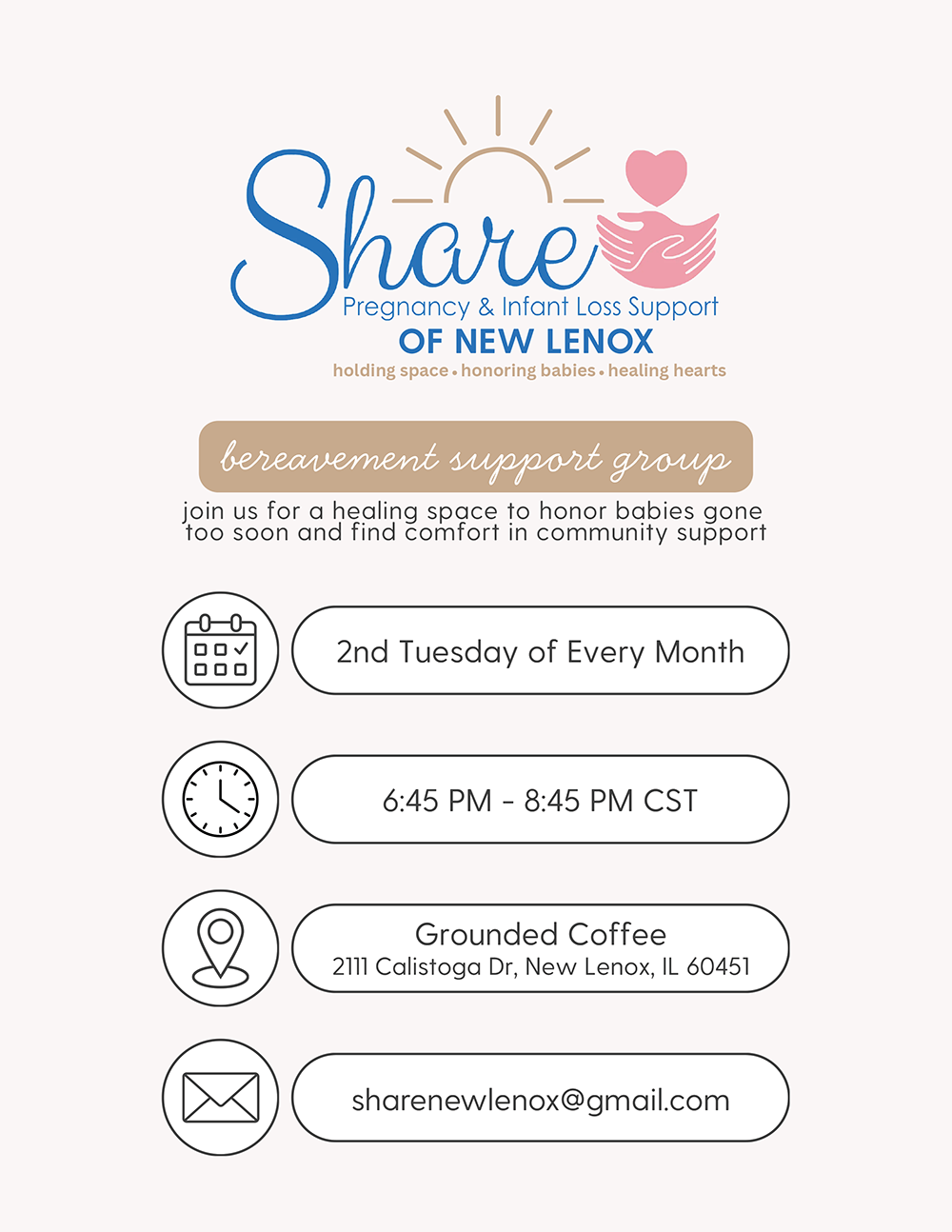
There are many different medical procedures and treatments that are specific to females. One of these is a hysteroscopy. A hysteroscopy is a primarily diagnostic procedure that is used to examine the inside of the uterus and surrounding structures. However, it can also be used as part of treatment for a range of conditions that affect the area too. A hysteroscopy is often confused with a hysterectomy, but the two are very different, with a hysterectomy being the term used to describe the removal of the womb and cervix so that the patient can no longer bear children.
Here’s what you need to know about a hysteroscopy including why you might be recommended to have one.
Reasons for a Hysteroscopy
There are a number of reasons why someone may be recommended to have a hysteroscopy. These include the following:
Investigations into symptoms that you have been experiencing. These could be things such as unusually heavy or prolonged periods, vaginal bleeding between periods or after menopause, pelvic pain, multiple miscarriages, or problems conceiving. You may also be given a hysteroscopy if you have had an abnormal Pap test result.
To diagnose conditions affecting the uterus, such as endometriosis, polyps, and fibroids.
If your doctor requires you to have a small tissue sample (biopsy) of an area of the lining of the uterus as part of the diagnostic process.
To treat conditions affecting the uterus, such as the removal of polyps or fibroids, recovery of a displaced intrauterine contraceptive or remove growths found within the uterus.
What Is Involved in Getting a Hysteroscopy?
A hysteroscopy is carried out using a tool called a hysteroscope. This is a thin telescope with a light and a camera at one end. The light enables your surgeon to see inside the uterus, while the camera feeds back real-time images to a monitor in the room so that your surgeon can visualize the internal structures without needing to make any large incisions into your abdomen. Instead, the hysteroscope is passed into the body via the vaginal and cervix. The process is not usually painful, although some women experience a little discomfort. If you are having a procedure carried out at the same time, it may be necessary for you to have a local or general anesthetic.
The entire process can usually be carried out in under an hour, depending on your reasons for having a hysteroscopy. In some investigative cases, the hysteroscopy may last just a few minutes.
Recovery After a Hysteroscopy
Unless you are having your hysteroscopy as a part of a wider treatment, the procedure should be performed on an outpatient basis, meaning that you will be able to go home the same day. If you have had any anesthetic or sedation, you will need someone to drive you as the medications may not have worn off by the time you are allowed to leave.
It’s normal to experience some mild cramping and discomfort for a few days after the procedure, and you may even have some light bleeding. You’ll be able to take some over the counter pain medications if you need to, or your doctor may give you something to take. You’ll be advised to take it easy for at least 24-48 hours, and you’ll be advised to avoid sexual intercourse for at least a week to help prevent any risk of complications. It’s essential that you follow any guidance given to you by your doctor as this will help ensure that you make a swift and complication-free recovery.
For more information about hysteroscopy procedures, don’t hesitate to speak to our reassuring and discreet team in New Lenox, IL.









